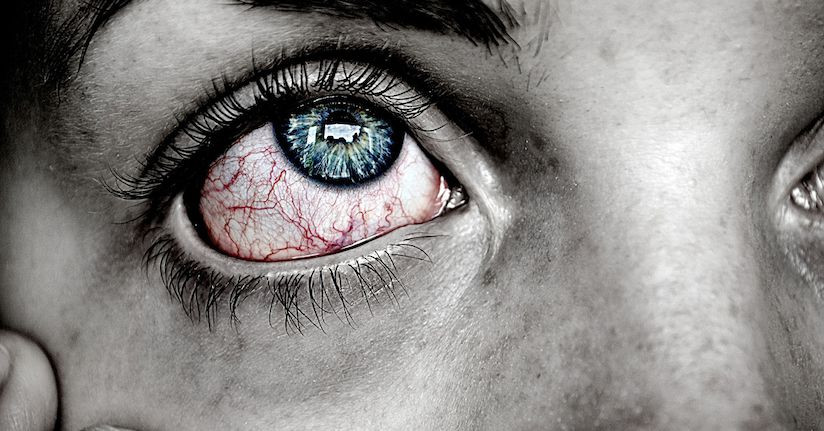How Does a Person with Migraine React to Light Exposure?
We already know that people with light sensitive migraine are more susceptible to negative psychological effects such as depression, anxiety and stress, but we now have more insight into the specific reactions they have when exposed to light. Researchers from Beth Israel Deaconess Medical Center in Boston explored how different colors of light trigger emotional and physical responses in a new study published in Proceedings of the National Academy of Sciences (PNAS) journal.
Fear, anger and sadness are prominent emotional symptoms
Specifically, the study authors noted that light exposure can lead migraine patients to manifest immediate emotional symptoms. Some of the feelings they reported include:
- Anger
- Hopelessness
- Fear
- Anxiety
- Depression
- Sadness
Conversely, people who had not been diagnosed with migraine or other headache disorder actually cited pleasant emotional reactions when faced with the same lighting.
“They were telling us that light made them anxious, angry, irritable, agitated, nervous, hopeless, needy, sad, scared, upset, depressed, worried, panicky," Dr. Rami Burstein, the lead researcher, told wbur.org.
These negative emotions are already high in migraine. Fear or excessive worry can be especially prominent between attacks because of the prevalence of external triggers that may bring them on—with light being one of the numerous potential culprits. Interestingly, there may be mounting evidence that green light causes the least discomfort, a finding that is reinforced by this latest paper.
More in-depth insight into physical effects of light
The study also found that all colors of light provoked painful physical sensations in migraine. But it also gives us more granular understanding of these physiological symptoms, which Dr. Burstein suggests may actually be caused or worsened by ongoing light exposure. Study participants specifically reported the following:
- Shortness of breath
- Chest tightness
- Nausea
- Lightheadedness
Prior research has consistently revealed that bright light as well as specific wavelengths can worsen photophobia and the intensity of a headache that results from an attack. However, these symptoms offer a compelling look into other micro pain responses that a person with migraine can experience as a result of spending significant time in the light.
What this new research means for people with migraine
This study once again implicates the harmful ramifications of light on a person who has been diagnosed with migraine, suggesting that worsening head pain is one of many possible after effects. It also links common migraine symptoms (both emotional and physical) with exposure to lighting, especially where they may otherwise be attributed more broadly to the migraine attack. Ultimately, we hope there is continued explorations into these issues—including the potential of green light to reduce pain—in order to further assist those who live with migraine-related light sensitivity.
References:
Rodrigo Noseda, Alice J. Lee, Rony-Reuven Nir, Carolyn A. Bernstein, Vanessa M. Kainz, Suzanne M. Bertisch, Catherine Buettner, David Borsook, and Rami Burstein Neural mechanism for hypothalamic-mediated autonomic responses to light during migraine PNAS 2017 : 1708361114v1-201708361.
TheraSpecs Glasses for Light Management
Try our light-filtering glasses and stay protected against harsh light from screens, fluorescents, LEDs, unwanted blue light, bright sunlight, flashing lights, and more.





